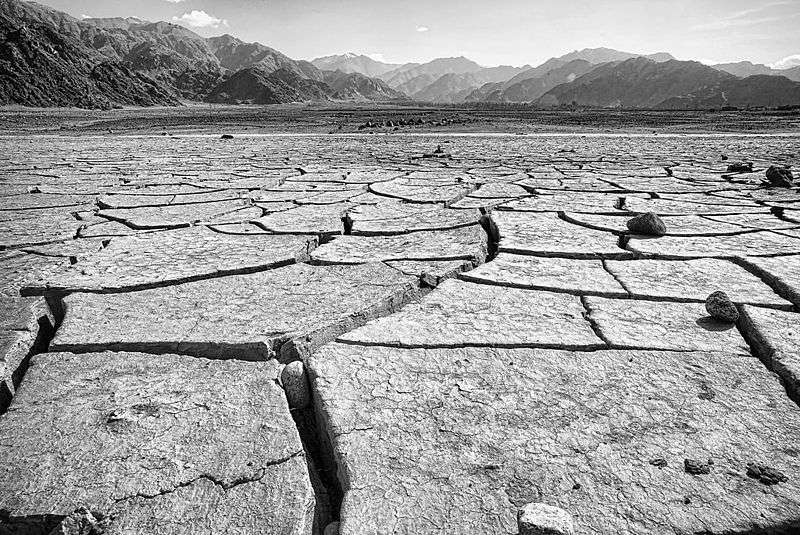Scientists are calling on the global research community to seize the opportunity to collaborate with indigenous populations whose unique knowledge systems can play an important role in tackling climate change. Credit: Christopher Michel from San Francisco, USA/Wikimediacommons
As the global scientific community combines technology and brains to track climate change patterns and effects, the indigenous populations across the world have, for generations, already been noting these changes in a landscape they know intimately.
"Indigenous peoples across the globe have been confronting climate change and variability on a regular basis due to their heavy dependence on natural resources for their livelihoods," says Vijaya Gupta from the National Institute of Industrial Engineering, in Mumbai.
The unique knowledge systems held by indigenous populations can play an important role in monitoring small climatic changes and events that might go unnoticed by scientific tracking.
During a recent climate change conference in Paris, scientists called on the global research community to seize the opportunity to collaborate with indigenous populations that are often taken for granted.
"Indigenous people are living on the land so they are being exposed to ecological changes. [Thus], they would be able to monitor, evaluate and read the signs …of how we are adapting to climate change," explains Dr Anne Poelina, managing director of Madjulla Inc., an indigenous non-governmental community development organisation based in Australia.
"There have been indigenous people like myself talking to the government and many of the key stakeholders to say we need to be at the table, particularly in terms of decision making. In Australia it's being picked up slowly," she adds.
In the Philippines and Indonesia, scientists and non-governmental organisations have been working with indigenous communities to map territories for future research and for hazard mapping during times of natural disasters.
In India, farmers in arid and semi-arid regions rotate crops and change the dates for sowing seeds, based on climate conditions. In the Koli community of Mumbai, they change their fish catch patterns to enhance the availability of fish in future. This is part of the Navdanya programme, which promotes biodiversity conservation with the help of local tribal people. Among its activities, the programme maintains and works with religious and tribal traditions such as rainwater harvesting, growing medicinal plants, and maintaining landscape heterogeneity and biodiversity by conserving varietal flora and fauna.
In order to best utilise indigenous resources for addressing climate change issues, respect, trust and mutually beneficial partnerships must be built, says Manja Bayan from the Indigenous Peoples Rights Monitor, Office of the High Commissioner for Human Rights. This requires that scientists and policy-makers make an effort to develop skills for working effectively in indigenous communities.
According to Bayan, there are several challenges in this collaboration. "Western science always looks for the kind of validation that is objective yet for indigenous people it's not just about the objective things. You also have to look at the spiritual foundation," she explains.
For people who have lived on their land for generations, the changing effects of climate change are a new thing. "Some indigenous people feel a bit guilty that this is happening," says Bayan. "It is important to make them understand what climate change is to make them feel better."
Provided by International Development Research Centre (IDRC)






















